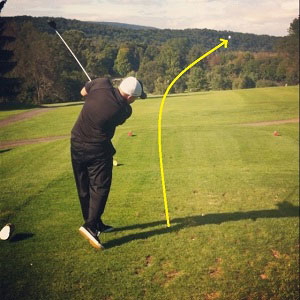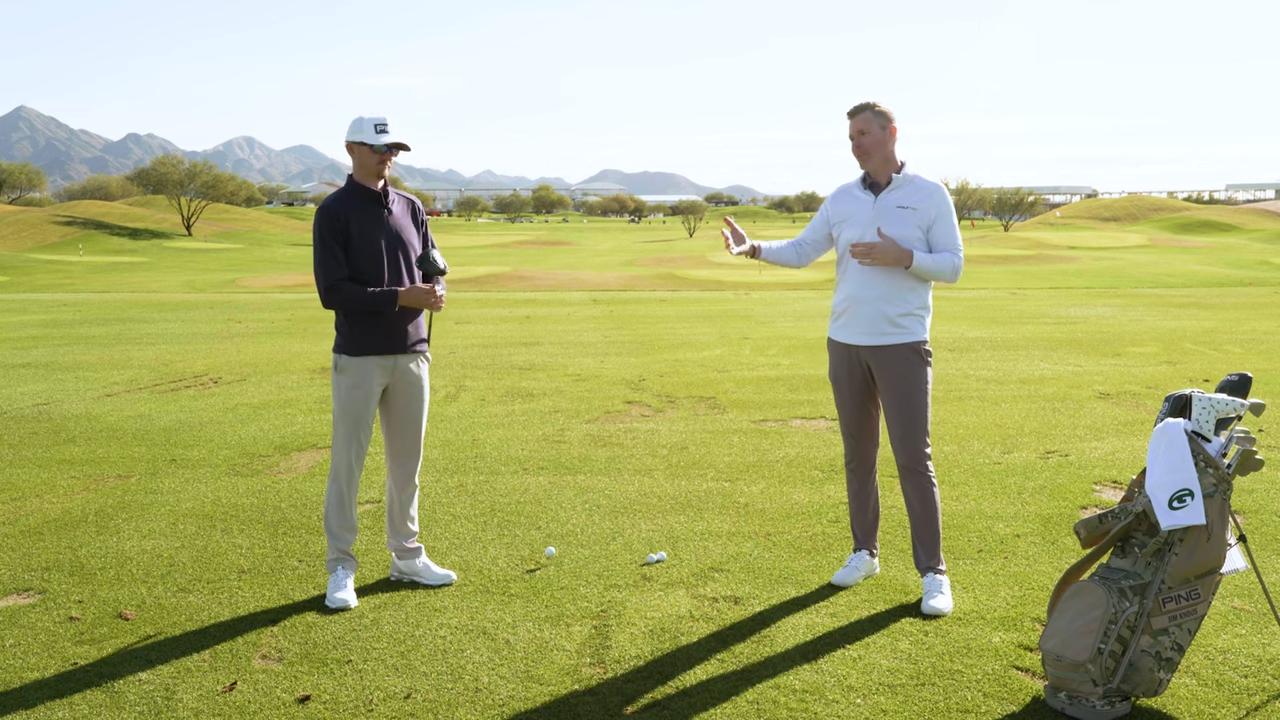
The hands are an important part of a golf swing. This article will discuss how the hands influence the golf swing and how to position them during the downswing. This article will also discuss the effects of grip pressure, and how to achieve low takeaways using quiet hands. These are some things you can do to improve your golf swing.
The golf swing requires that the hands be free from tension.
The release of your hands is the most important part of a golf swing. The clubhead will rotate around your hands as you downswing. Your wrists should then release to allow for strong follow-through. Before the ball touches their hands, a skilled ball-striker will straighten out their left arm. The early release of the hands will result in poor contact and inconsistent results.
The natural rolling motion of the hands is another important part of the golf swing. Top golfers have their top hands at the top and bottom of the grips during the backswing. During the downswing, they will be closer towards the target. The hands will move after impact, which allows them to produce a more powerful swing. The lowered head position also helps increase the clubhead speed.

Positioning of your hands during a downswing
Many amateur golfers don't use their upper body when they are downswinging. They begin the swing with their upper body rather than their lower body. This is a huge mistake that will cause a massive loss in power. The right arm is the "speed arm" in the golf swing and transfers the momentum from the backswing. You can ensure that your club face is squared before you hit the ball by placing your hands correctly during the downswing.
It is important to properly position your hands during a golf swing. This is the only direct connection between the club and the ball, so getting the hands out in front of the ball at impact is crucial. This will make your golf swing much more enjoyable. Continue reading for more information about hand placement and how it can improve your golf swing.
Grip pressure and the effects on the hands during golf swing
Grip Pressure and Hands in Golf Swing. When holding your club, make sure your hands are tightened. This is the equivalent to the Goldilocks story with the three bears. Too loose grips can cause the club to twist when it's hit. And too tight grips will prevent you from properly swinging the club.
In order to determine how much grip pressure to apply to your hands during a golf swing, imagine holding a bird. The bird should be held firm enough to retain its position but not too loosely. A spotted owl egg is another example. It should be held delicately and you can also hold it with your hand. Grip pressure can also be visualized using the toothpaste analogy.

Takeouts at a lower price, but with quiet hands
Getting a low takeaway with quiet, silent hands in the golf swing is a fundamental element of the correct golf swing. Many players confuse quiet hands with tempo, and while this is an important aspect of the golf swing, tempo itself is unimportant. It is more important that your hands perform well in the swing. This will affect the distance and accuracy of your shots.
The downswing is a great place to begin if you want to achieve a low takeaway and quiet hands when golfing. The downswing is when the hands move passively with the arm and shoulders. This passive movement allows for the lowest takeaway. Also, the angle of your wrist during the backswing can be determined by your hands.
FAQ
What are the different types?
There are many types of golf courses. Some are designed specifically for beginners, while others cater to experienced players.
Some courses are situated near rivers, mountains, forests, or lakes. Others can be found in urban settings. Golf courses range from public parks to private estates.
Is golfing dangerous?
Although it isn't considered a dangerous sport, golf can cause injury. You might break your arm swinging a golf club.
Most injuries are caused by falling off your golf cart.
What is the best way to practice your golf swing?
Practice makes perfect! For any sport, practice is key. Practice is essential if you are to improve your golf game. You can practice until you feel comfortable with the basics of the swing.
Both hands should be used. You should start with the shortest shots. Next, practice longer drives. Practice chipping and putting.
Statistics
- Professional golfers typically make between 60% and 70% of greens in regulation. (en.wikipedia.org)
- Professional golfers typically make between 60% and 70% of greens in regulation. (en.wikipedia.org)
- They do this by means of assessing and rating courses according to the average good score of a "bogey golfer," a player with a handicap of around 20. (en.wikipedia.org)
- In the United States, the number of people who play golf twenty-five times or more per year decreased from 6.9 million in 2000 to 4.6 million in 2005, according to the [51] (en.wikipedia.org)
External Links
How To
How can you play more golf when the wind is blowing?
Golf is played in open areas on grassy areas. It is one of the most popular sports around the globe. There are many different types of golf courses all over the world. Golf is also played indoors, such as at shopping malls and indoor arenas. There are a series holes that players must hit their balls into. Each hole has a fairway rough, fairway, fairway, green, hazards (e.g..water), and rough. Depending on the type shot needed, players may use a driver (wedge, wedge, long-iron, or putter). According to the course rules, players may need to carry the ball for a specified distance before hitting it. Or they may only need to drop the ball into the cup. There are many factors that affect how a golfer hits the ball when playing outside. These conditions include wind speed, temperature, humidity, visibility, and visibility.
There are two main types: crosswinds, and headwinds. Crosswinds blow in the opposite direction to headwinds. If the wind is blowing towards a golfer, it will blow against him/her. If the wind is blowing away, he/she'll be hitting with wind. Because the ball tends higher and farther in strong winds, it is more difficult to play golf. This makes it harder for the player controlling the ball's trajectory. To overcome these problems, players should keep their club faces perpendicular towards the ground. They strike the ball in such a way as to get maximum power and full contact with it. Although the ball may fly slower in stronger wind, it can travel farther because of increased air resistance.
Playing golf in the wind requires a lot of practice. The wind influences the ball's flight path. A great golfer should be aware of what type of wind is blowing in the area. He/She will adjust their swing to match the wind conditions so they can hit the ball straight and without losing energy. You should also consider where the wind is blowing. Wind doesn't travel in the same direction. For example, the breeze coming off the ocean is usually very light, but it is often stronger near the shoreline. The wind blows closest to the ground in a similar way. These factors mean that golfers must be aware of the direction and intensity of the wind.
In summary, playing golf in the wind requires constant adjustments to your swing. It is important to be aware of the wind and adjust your swing accordingly. Learn to read the wind and adapt your swing accordingly.